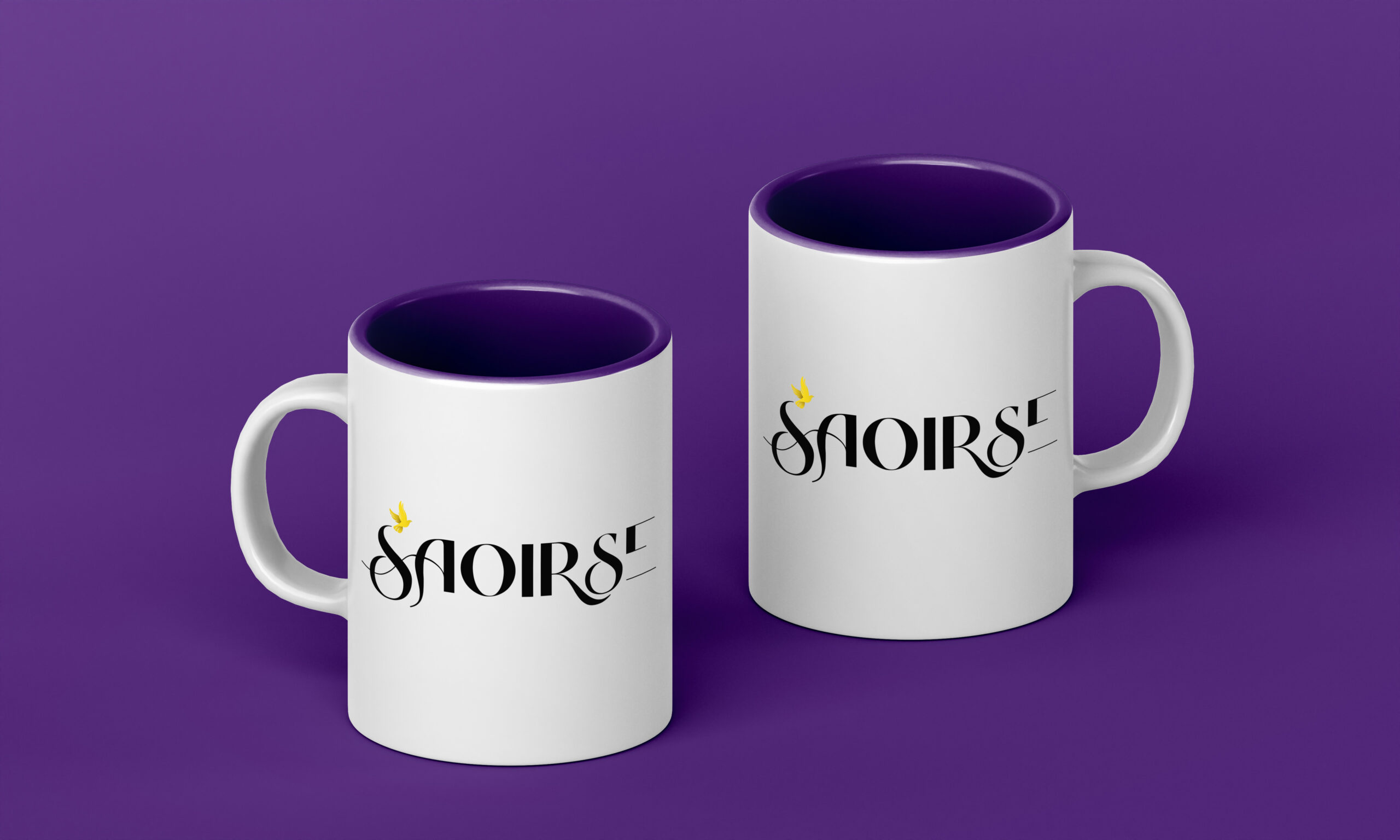Designing The New

Social media for businesses is not simply about selling products or services. It’s also a powerful tool for connection, inspiration, and building relationships! To do this successfully, part of the mission on social media becomes speaking to your audience in a language they understand – and on visual platforms like Instagram and Pinterest, that’s accomplished through design.
Graphic design language evolves every year, with several trends coming and going, and a select few standing the test of time. The trends that do become popular reflect what people care about most, and by using these elements of graphic design, brands can build recognition & credibility with their audience!
#1 Diversity & Inclusion
Diversity & Inclusion is now a part of mainstream culture.
(examples of diverse & inclusive cultural designs)
#2 Metaverse
Nothing is impossible for Mark Zuckerberg. With the inception of Metaverse, designers are on a wild imaginative spree of how things can be in the virtual world of Meta.
Everything existing in the real world from hoardings, billboards, and advertisements, everything can be recreated & made better & more interesting in the meta world. A place of possibilities. Designers can now leverage this new virtual ecosystem to their advantage for both themselves & their clients.
(examples below)
#3 Eco Everything
Global warming isn’t a debate anymore, it’s happening much faster than anyone ever thought possible.
In this modern era of the concrete jungle, every company has realized that they must declare their stand on the current environmental conditions. To showcase their sincerity towards the cause & become sustainable not just by words but by actions as well, designs have become more evasive & engaging in nature, communicating the green message.
(examples below)
#4 Vintage Apothecary
Vintage Apothecary celebrates vintage typography, flowing, elongated serifs, and ornate borders. This design language is seen in beverages, food packaging, health, beauty ads, t-shirt design, candles, and the gift industry. It is recognized by overlaying detailed layouts and vintage illustration styles.
Vintage Apothecary sends us back to a simpler time when things weren’t mass-produced by millions but instead in small, handcrafted batches with real care and great quality.
(Examples below) – All Examples Collage by Ankur
As we can see design has taken over the world by storm by being the new language of communication. It’s time to get our forces together & innovate the extraordinary by designing the new.
Keep doing the extraordinary 😉
#4 Vintage Apothecary
Vintage Apothecary celebrates vintage typography, flowing, elongated serifs, and ornate borders. This design language is seen in beverages, food packaging, health, beauty ads, t-shirt design, candles, and the gift industry. It is recognized by overlaying detailed layouts and vintage illustration styles.
Vintage Apothecary sends us back to a simpler time when things weren’t mass-produced by millions but instead in small, handcrafted batches with real care and great quality.
(Examples below) – All Examples Collage by Ankur
As we can see design has taken over the world by storm by being the new language of communication. It’s time to get our forces together & innovate the extraordinary by designing the new.
Keep doing the extraordinary 😉
Case Study - From Grofers To Blinkit!
In the new digital age, one can make anything possible from trying on glasses to changing lipstick shades through VR technology, nothing is impossible anymore.
Everything is now easily available at the tip of our fingers. One of the first names to come to mind when ordering groceries & basic daily necessities is ‘Grofers’.
The online retail provider has made our lives easier & faster with its core promise of delivering groceries in a blink of an eye. Now known as Blinkit, the company was founded in Gurugram, India in 2013. The company is now widely set up across 28 Indian cities.
How is Blink It different from Grofers?
It is now more organized and widely spread across than before with several affiliations with local stores which makes it easy for them to fulfil their promise of delivering groceries within the 10 minutes bracket time.
At first, a lot of backlash was received for the 10 minutes service feature saying that the staff is being pressured & exploited to meet the deadlines. This was cleared when the business model of affiliation with numerous local stores was explained and the fact that no accidents took place while meeting the record time.
Who owns Blinkit?
After several months of discussions and what-if situations, Zomato acquired Blinkit. Zomato paid $568 million in all-stock for the online grocery delivery startup.
Who owns Blinkit?
Two IIT graduates named Albinder Dhindsa and Saurabh Kumar established Grofers.
The duo found out that there was a sizeable gap in the delivery industry & seized the opportunity to address the problem with their idea. They intended to serve as a one-stop shop for all of the clients’ local delivery needs by providing on-demand pickup and drop-off services. The end goal was to make the process of purchase simpler, faster, and more efficient with the help of a decluttered process.